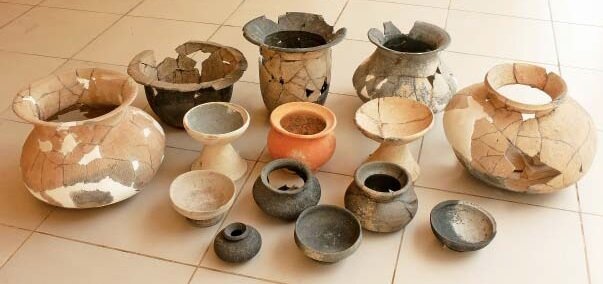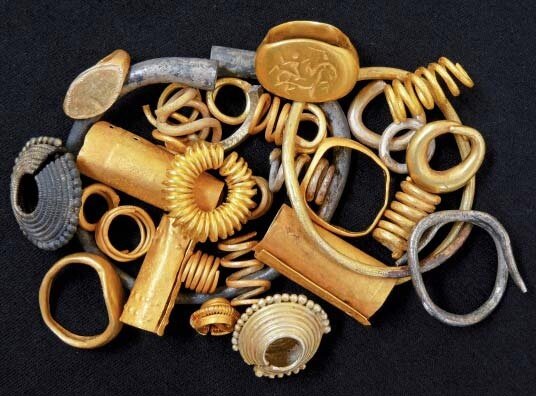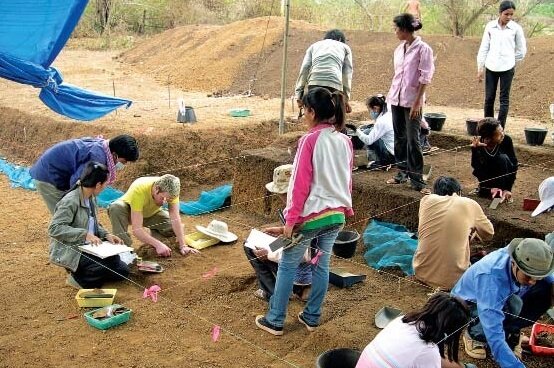The First Golden Civilization of Cambodia: Unexpected Archaeological Discoveries
by Andreas Reinecke & Sophady Heng & Sonetra Seng & Laychour Vin
Recent discoveries in the field of Prehistoric Cambodia.
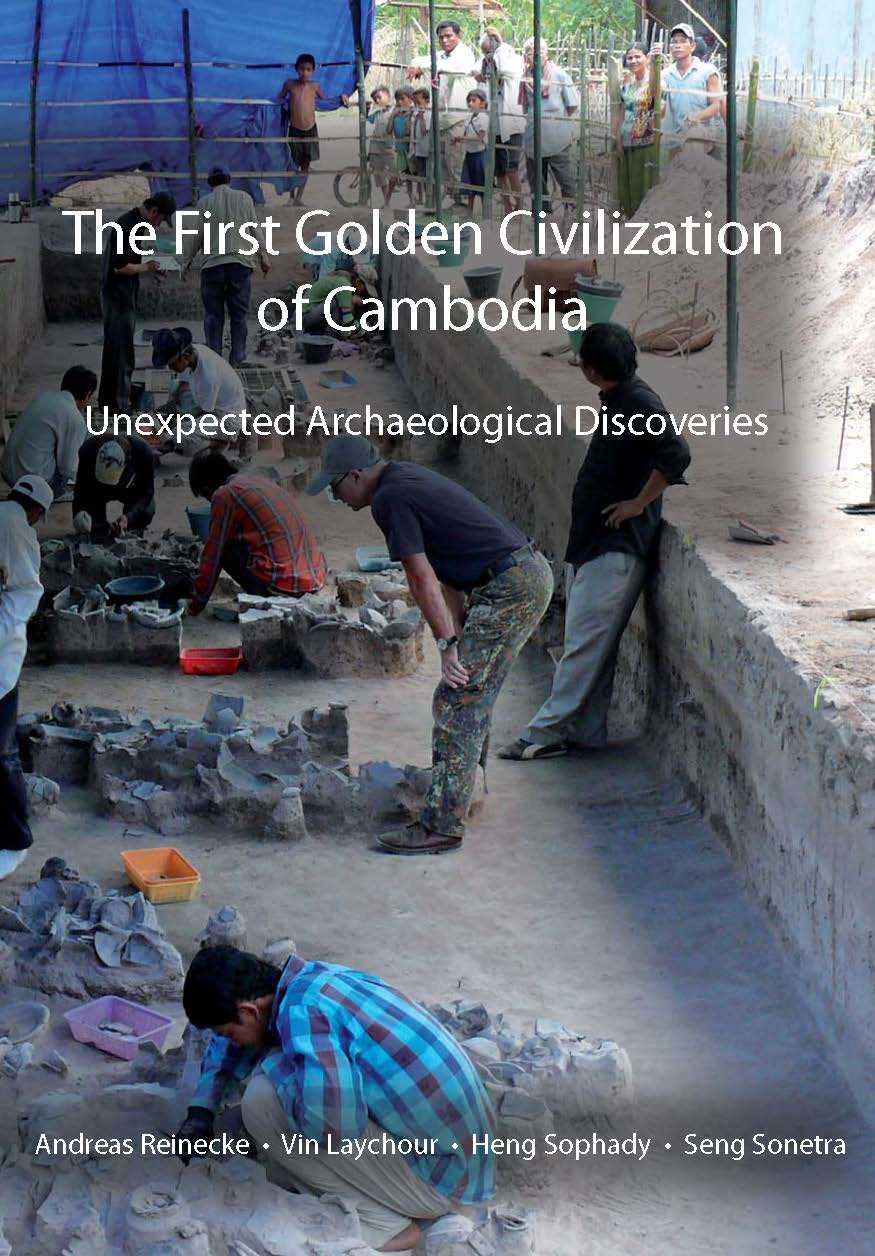
Type: e-book
Publisher: Memot Centre for Archaeology, with the support of the Federal Republic of Germany | For the Phnom Penh Exhibition ' The First Golden Age of Cambodia', National Museum of Cambodia
Published: 2010
Authors: Andreas Reinecke, Sophady Heng, Sonetra Seng & Laychour Vin
Pages: 42
ISBN: 9789996358104
Language : English
Gold and silver were frequently used in the Bronze and Early Iron Age Cambodia and Southern Vietnam. During the decade 2000 – 2010, important new finds have brought into light artefacts and burial practices which are the testimony of particular societies, and their links to other cultures across vast regions.
The authors of the document focuse on ten burial sites that “show that funeral practices did not substantially change during the 1st millennium BC but were quite similar across the whole region. From the earliest known burials at Koh Ta Meas (dating from about 1000 BC) to the latestgraves at Phum Snay (dating from 100 BC to AD 500), inhumation remained the common funeral custom for adults. The dead were placed on their back, with their arms alongside the body, and wrapped with their clothes, jewelry and implements in a fiber mat. The corpse was then buried in a pit, surrounded by a number of pottery vessels. Small children were often interred in jars. Cremation is mentioned alongside other funeral practices in Chinese records of Funan from the 1st millennium AD, but hitherto it is only rarely attested at a few sites such as Go Thap, Oc Eo or Vat Komnou. These funeral practices present a clear contrast to the jar burial sites of the neighboring Sa-Huynh culture (400 BC-100 AD) of central Vietnam, which are distributed between the Hue area in the north down to the bay of Vung Tau in the south. In this region, almost all the dead were buried in large burial jars while inhumations were rare.”
Pottery, gold and silver artefacts found at Prohear (photos by the authors)
About the cemetery at Prohear, the authors note that it “is one of the richest Early Iron Age sites in Southeast Asia. Through the increase in field research that has taken place over the last 15 years, we now have information on about ten recently-discovered Bronze/Iron Age burial sites of the Pre-Funan culture in this Cambodian-southern Vietnamese region. Their interpretation gives us a good insight into the development of the burial tradition and into different waves of cultural influence or long-distance relations. For instance, despite the great distance between Prohear and the Kele site of the Yelang culture in the southern Chinese province of Guizhou, both areas appear to have been connected with one another during the 1st century BC. Kele is situated in an area with rich gold, silver, and electrum resources. It also belongs to the northern distribution network for bronze drums. At present, Kele and two other cemeteries in Thanh Hoa province are the only sites besides Prohear that have the same unusual burial custom of placing the head in a bronze drum. Moreover, we can recognize some similarities in the other bronze artifacts. In contrast, we have to notice cultural characteristics at Prohear that have a long local tradition, such as the pottery types or other elements of burial practice.”
Excavations at Village 10.8 in 2008. “The burial site of Village 10.8 is situated about 60 km northeast of Prohear, in Pognea Krek district near Memot in Kampong Cham province. The cemetery was discovered by chance during laterite mining conducted by the Krek Rubber Plantation, and became known to archaeologists in 2001. The Memot Centre for Archaeology, with an advisor from Germany, began the excavations that continued over seven campaigns from 2002 to 2008. 56 burials with offerings, including 11 jar burials of children, were discovered; belonging to the period between the 4th and 1st century BC.”
Tags: prehistory, burial, burial sites, gold, silver, Metal Age, funerary rites
About the Authors
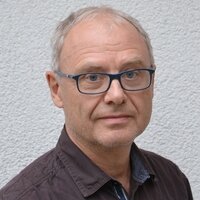
Andreas Reinecke
Specializing in early Metal Age in Southeast Asia and Traditional crafts and early agriculture, Dr. Andreas Reinecke studied Prehistory and Vietnamese language at the Humboldt-University of Berlin, and since 1993 heads the Division for Southeast Asian archaeology at the Commission for Archaeology of Non-European Cultures(KAAK), Bonn, Germany.
From 2013 to 2016, he was the Project Director of the “German-Cambodian Conservation School” in Phnom Penh, Cambodia, and, from 2012 to 2018, Chief Curator of the exhibition “VietnamArchaeology”.
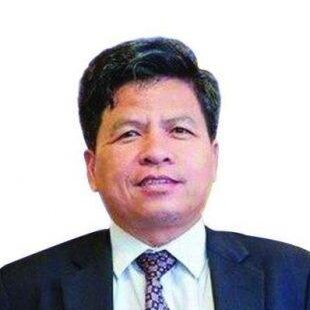
Sophady Heng
Dr. Heng Sophady is a Cambodian archaeologist who has been involved in the excavations of prehistoric sites in the Memot region since 2007, and a Rector of the Royal University of Fine Arts (RUFA), Phnom Penh.
Deputy director general for Cultural Heritage at the Ministry of Culture and Fine Arts of Cambodia, he has also worked at the famous Laang Spean site for the last ten years, uncovering new evidence of the earliest known civilizations in Cambodia.
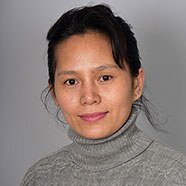
Sonetra Seng
Seng Sonetra was Acting Dean and Lecturer of the Department of Archaeology, Royal University of Fine Arts in Phnom Penh before undertaking the MA programme in History of Art and Archaeology at SOAS University of London in 2018 – 19.
She has conducted several archaeological excavations of prehistoric sites in Cambodia under the cooperation between the Memot Centre for Archaeology, University of Tuebingen and the German Archaeological Institute (DAI), and has co-authored a series of books and articles in this field. She has also acted as Curator of the Memot Archaeological Museum, Cambodia, and directed a training-oriented metal laboratory in the Ministry of Culture and Fine Arts.
Her research thesis at SOAS London, to be completed September 2023, is titled ‘Beyond the Masterpiece: Function and Design of Divine Adornment in Angkorian Cambodia (9th-14th c.).
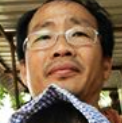
Laychour Vin
Vin Laychour វិន ឡៃជួ is an archaeologist member of the Faculty of Archaeology at the Royal University of Fine Arts, Phnom Penh, Cambodia, specializing in prehistory and Vietnamese history.

